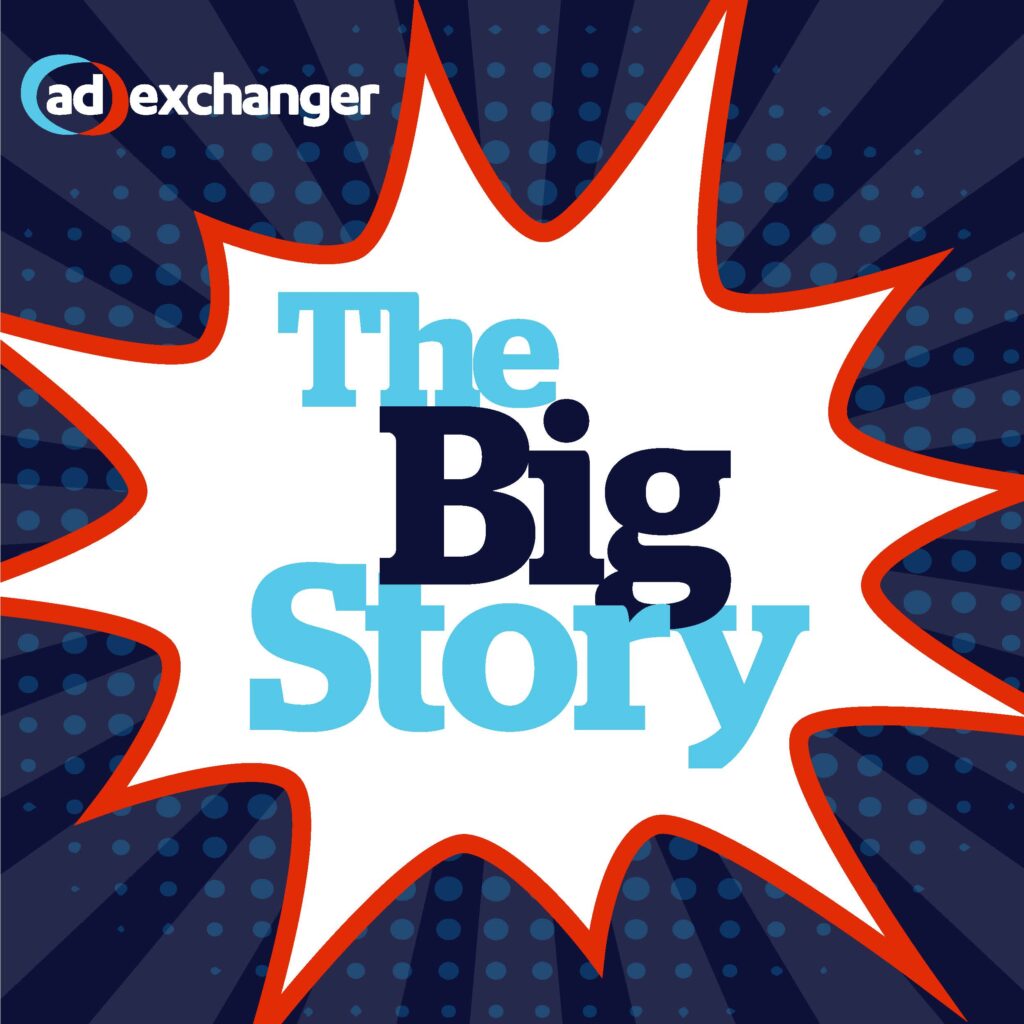Last week when writing about the two headed beasts of fraud and compliance, we felt that people could identify with fraud prevention more because if not kept in check it could wreck an entire business. Compliance on the other hand was like a speed limit, rules often based in a legal need but that when executed feel like being asked to go left and right at the same time. It’s no wonder too, as we have heard more than one advertiser mention that they expect compliance but don’t expect to share exactly what compliance means. That is not all that dissimilar from the often vague guidelines given by the FTC. Certain guidelines come with explicit instructions, e.g., the new rules around testimonials; but, try to find a definition for clear and conspicuous. You can’t. Besides being hard to define, the idea behind a lack of definition often stems from the hope that it will lead to over-correcting in a good way, namely being very clear. The FTC would probably love for all landing pages to look like Web 2.0 sites – enormous fonts and no hidden messaging.
Marketers have always lived in a world with some increasing and changing regulation. Sometimes that regulation comes from the FTC, and other times it stems from rules surrounding specific industries. For-profit-education definitely falls into the latter. Want to generate leads for the edu space? It now means complying with a new set of rules. These rules come from the Department of Education, whose funds students at accredited schools can tap into to pay for education. If the students can get money (as the vast majority need to borrow federal student loans), the schools can make money. You can see how a process that ensures that students can get money can go awry, which it did. Now, how the schools market to the students matters, and given that most schools rely on third-parties for help in marketing, those marketers are under increased pressure.
As for the education marketing landscape, here is how it lays out in a nutshell. You have a small number of truly large companies – those doing $100mm and more. You have fewer than ten who make $40mm or more. These are the pure plays, those for whom education marketing makes up not only a majority of their revenue but for whom the direct relationships with schools comprise almost all of the revenue. With shifting budgets, some of the big guys help each other fill budgets, but that seems to happen anywhere. The other type of pure play is the smaller site, the prototypical SEO site, where edu is their core business, but given their size (even those doing $2mm/year), they choose to work through aggregators. Then, you have the non-pure plays, the tier of players who can make eight figures per year selling to no schools directly. They just sell to other aggregators. (It also means that they are at least one level removed from the schools. If they have any affiliates, that makes those traffic sources two levels removed and so on.)
All of these players are bound by the rules. Direct sellers, aggregators, affiliates of aggregators, affiliates of affiliates of aggregators and so on. The problem is that compliance in education is not like setting a speed limit. There are certainly some areas that are off-limits, but as we mentioned when speaking about compliance in general, those who interpret the rules are hesitant to share their interpretations with marketers. They tend to think that knowing what the rules mean will enable them to break them easier, as though people breaking the rules is the only by-product. As a result, here is the zeitgest from marketers:
a) Unclear – you aren’t telling us what to do but expect us to do it right. You send us requests for changes but won’t give us clear guidelines.
b) Unfair – you, via your monitoring agency, send us requests but others continue to run publicly that go against what you tell us. Why do we get threatened when they don’t?
This is where the law of unintended consequences comes in. The pure plays who are really big have the clout to say – thanks but our own legal team says this is fine, so take it or leave it. Some of them have so many pages and sites, that it’s almost impossible to monitor them all. The good size but not really big pure plays (those still going direct) are stuck in the middle. They can’t push back with certainty. The non-pure plays are harder to track anyway. They are the ones using paths, buying data for calling (not that some pureplays don’t), and/or generally opaque traffic. That’s the traffic, along with relationships two plus levels deep that buyers want more insight into. Instead, it’s very likely that a lack of guidance will just push that pure-play middle layer towards becoming more opaque. If we’re not careful, edu will end up not cleaner but more like an iceberg. The trajectory that worried buyers will end up being the norm.



